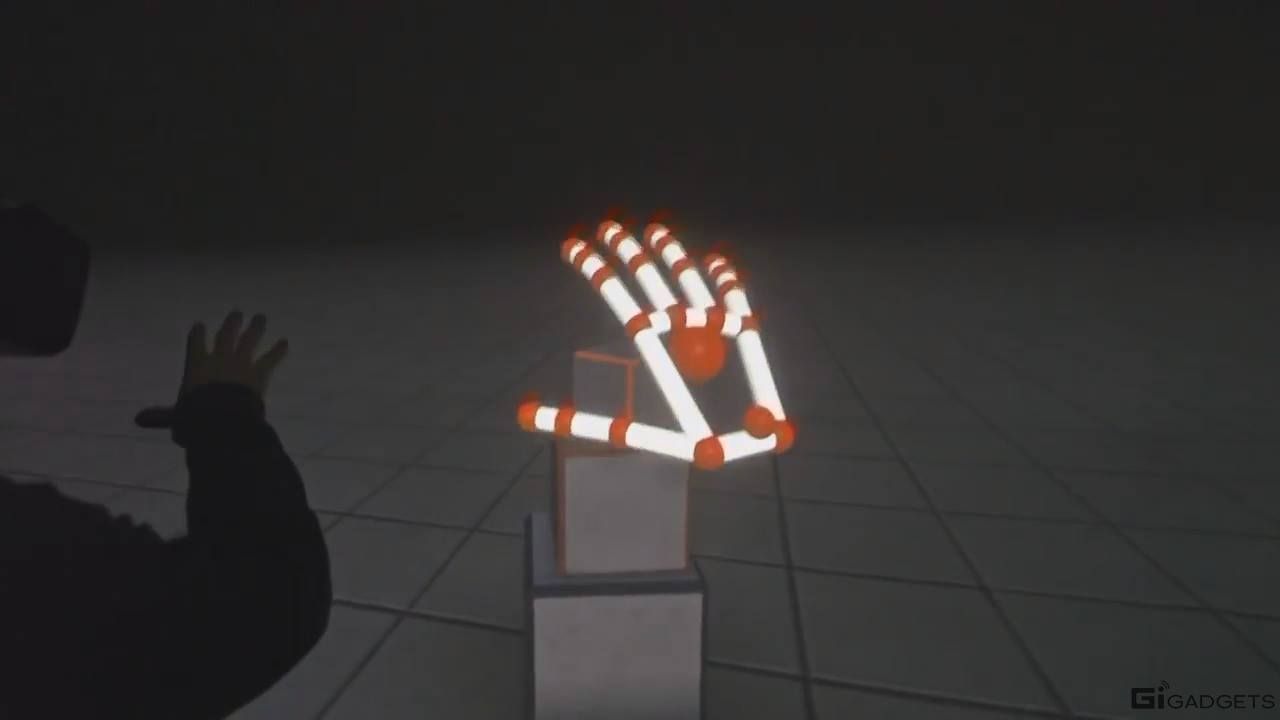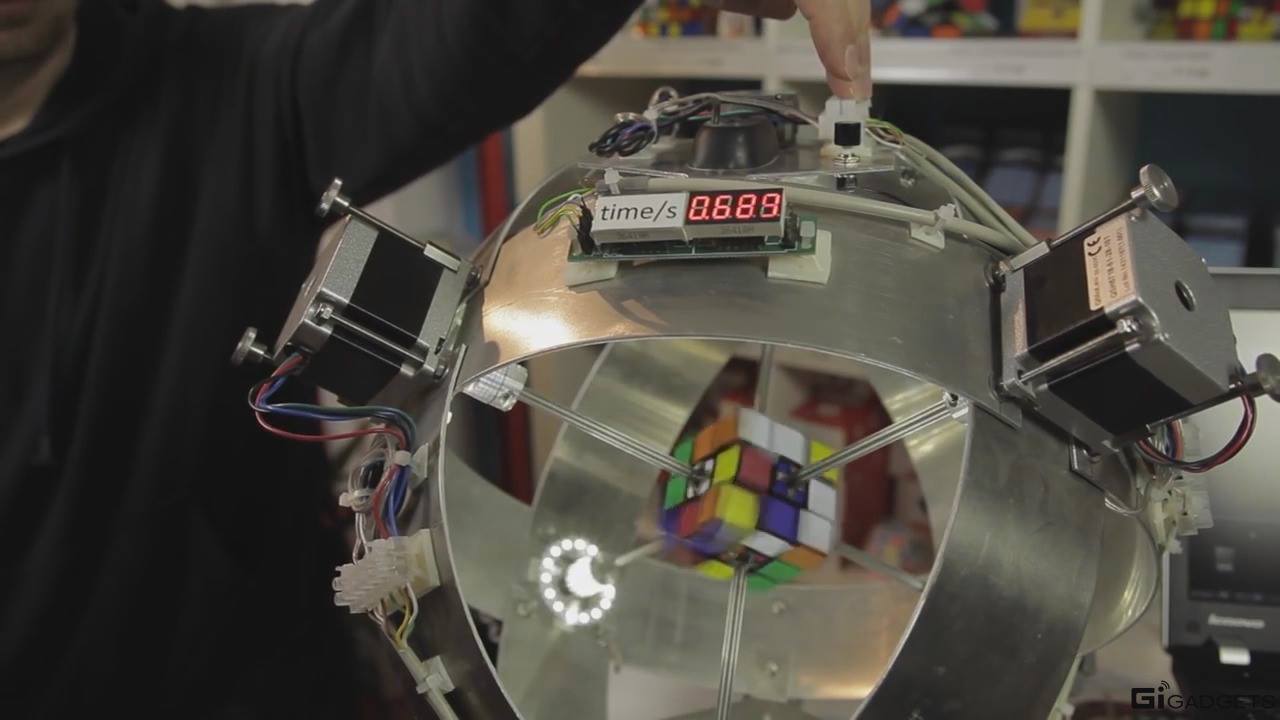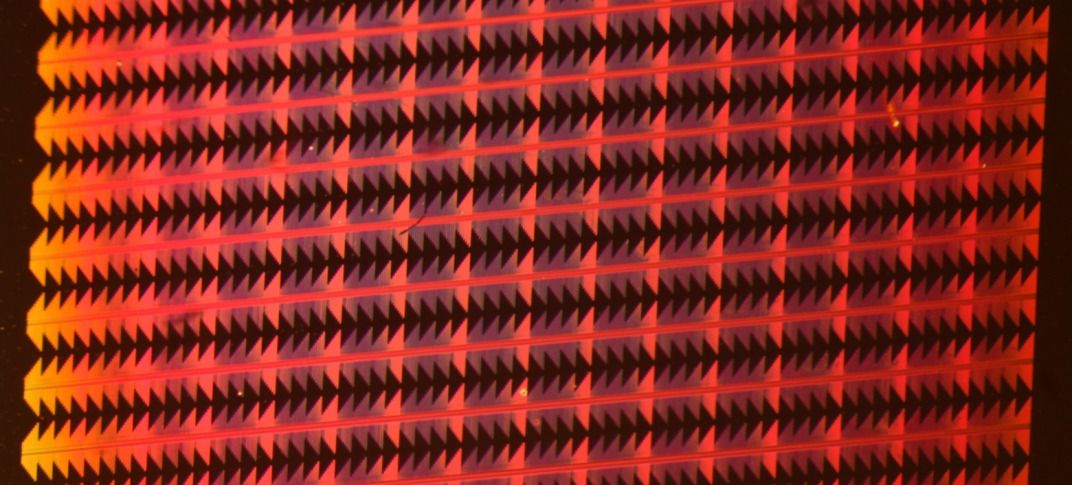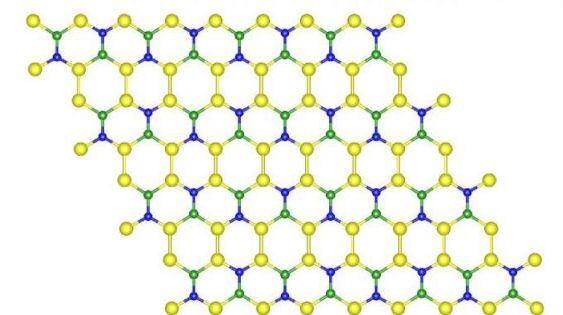Page 10948
Feb 29, 2016
How modern technology could have solved every problem in literary history
Posted by Shailesh Prasad in category: mobile phones
Feb 29, 2016
America’s Space Heritage Is Rotting ‘In Place’
Posted by Bruce Dorminey in category: space
New book chronicles American space history left rotting at the pad; not just at Cape Canaveral but across the U.S. Not sure what can be done with behemoth launch pads, but perhaps a non-profit effort at restoring them or at least cleaning them up might be worth the effort.
Large swaths of America’s space heritage have literally been left to rot at the launch pad as is poignantly made clear in Abandoned In Place, a new book that chronicles long-neglected and largely forgotten aspects of U.S. space history.
Author Roland Miller’s oversized collection of photos and essays documents some 60 years of U.S. space history mostly at Cape Canaveral, Fla.
Continue reading “America’s Space Heritage Is Rotting ‘In Place’” »
Feb 29, 2016
Physicists promise a copper revolution in nanophotonics
Posted by Shailesh Prasad in categories: computing, electronics, nanotechnology, physics
Researchers from the Moscow Institute of Physics and Technology (MIPT) have for the first time experimentally demonstrated that copper nanophotonic components can operate successfully in photonic devices – it was previously believed that only gold and silver components could do so. Copper components are not only just as good as components based on noble metals; they can also be easily implemented in integrated circuits using industry-standard fabrication processes. “This is a kind of revolution – using copper will solve one of the main problems in nanophotonics,” say the authors of the paper. The results have been published in the scientific journal Nano Letters.
The discovery, which is revolutionary for photonics and the computers of the future, was made by researchers from the Laboratory of Nanooptics and Plasmonics at MIPT’s Centre of Nanoscale Optoelectronics. They have succeeded, for the first time, in producing copper nanophotonic components, whose characteristics are just as good as those of gold components. It is interesting to note that the scientists fabricated the copper components using the process compatible with the industry-standard manufacturing technologies that are used today to produce modern integrated circuits. This means that in the very near future copper nanophotonic components will form a basis for the development of energy-efficient light sources, ultra-sensitive sensors, as well as high-performance optoelectronic processors with several thousand cores.
The discovery was made under what is known as nanophotonics – a branch of research which aims, among other things, to replace existing components in data processing devices with more modern components by using photons instead of electrons. However, while transistors can be scaled down in size to a few nanometres, the diffraction of light limits the minimum dimensions of photonic components to the size of about the light wavelength (~1 micrometre). Despite the fundamental nature of this so-called diffraction limit, one can overcome it by using metal-dielectric structures to create truly nanoscale photonic components. Firstly, most metals show a negative permittivity at optical frequencies, and light cannot propagate through them, penetrating to a depth of only 25 nanometres. Secondly, light may be converted into surface plasmon polaritons, surface waves propagating along the surface of a metal. This makes it possible to switch from conventional 3D photonics to 2D surface plasmon photonics, which is known as plasmonics. This offers the possibility of controlling light at a scale of around 100 nanometres, i.e., far beyond the diffraction limit.
Continue reading “Physicists promise a copper revolution in nanophotonics” »
Feb 29, 2016
A Material That’s Better Than Graphene? Scientists Say They’ve Found it
Posted by Shailesh Prasad in categories: materials, particle physics
What could be better than a material that’s super flexible, only one atom thick, and is 200 times stronger than steel? A material that’s equally strong and flexible, also only one atom thick, and inexpensive.
Scientists are asserting that this new discovery could potentially upstage the world’s greatest wonder material, graphene.
Feb 29, 2016
Quantum dot solids: a new era in electronics?
Posted by Sean Brazell in categories: electronics, energy, quantum physics
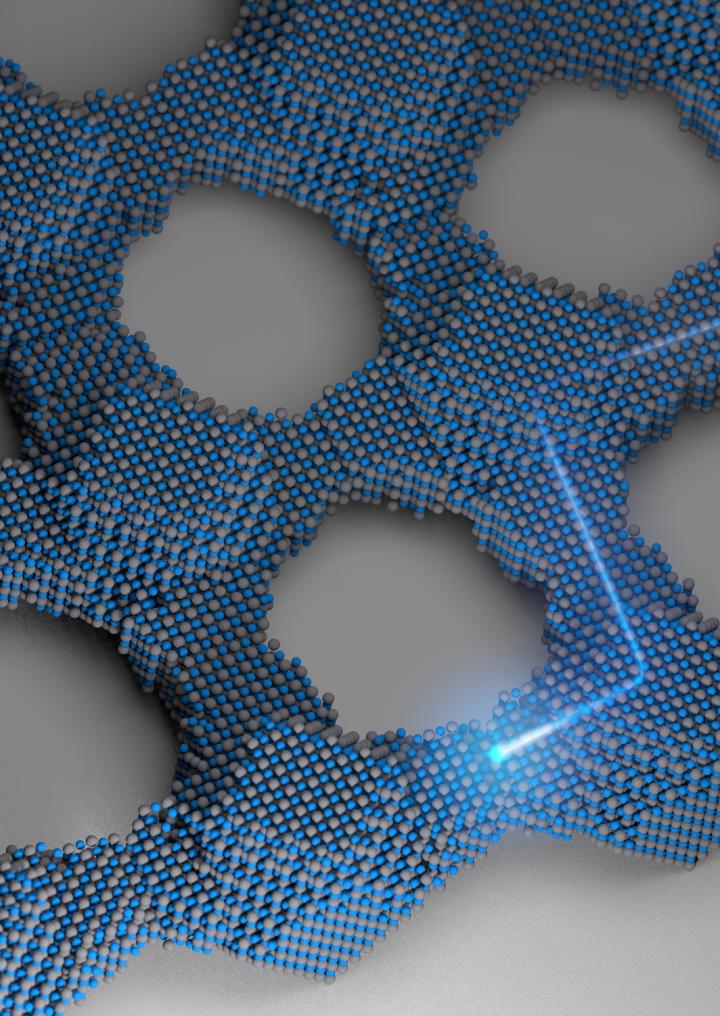

Just as the single-crystal silicon wafer forever changed the nature of communication 60 years ago, Cornell researchers hope their work with quantum dot solids — crystals made out of crystals — can help usher in a new era in electronics.
Continue reading “Quantum dot solids: a new era in electronics?” »
Feb 29, 2016
The case of the silent synapses: Why are only 20% of synapses active during neurotransmission?
Posted by Sean Brazell in categories: biotech/medical, neuroscience

Columbia University scientists recently tested a new optical technique to study how information is transmitted in the brains of mice and made a surprising discovery: When stimulated electrically to release dopamine (a neurotransmitter or chemical released by neurons, or nerve cells, to send signals to other nerve cells), only about 20 percent of synapses — the connections between cells that control brain activity — were active at any given time.
The effect had never been noticed. “Older techniques only revealed what was going on in large groups of synapses,” explained David Sulzer, PhD, professor of neurobiology in Psychiatry, Neurology, and Pharmacology at Columbia University Medical Center (CUMC). “We needed a way to observe the neurotransmitter activity of individual synapses, to help us better understand their intricate behavior.”
Feb 29, 2016
IS hacks UK solar firm site in revenge
Posted by Karen Hurst in categories: cybercrime/malcode, solar power
I always caution folks to never say “never” especially around hacking and worst case scenarios relating to security. Granted there is a balance around not going too overboard. However, when it comes to being risk adverse and determining how much risk your company can absorb must be a core piece of your assessment. And, an attack like the one by ISIS in this article can not be allowed.
LONDON: ISIS terrorists hacked the website of a UK-based solar firm as revenge for the killing of one of their British Muslim members, a media report said on Sunday.
Feb 29, 2016
Data breach lawsuits indicate a troubling trend for enterprises
Posted by Karen Hurst in categories: cybercrime/malcode, robotics/AI
I see these growing exponentially in the next few years especially when companies introduce autonomous technologies. One must ponder how far will these go when the breach was inside a bank that is leveraging technology and/ or autonomous technologies from vendors. https://lnkd.in/bzXdix3
A number of data breach lawsuits have been filed against major enterprises in recent years, which could lead to mounting data breach costs.
